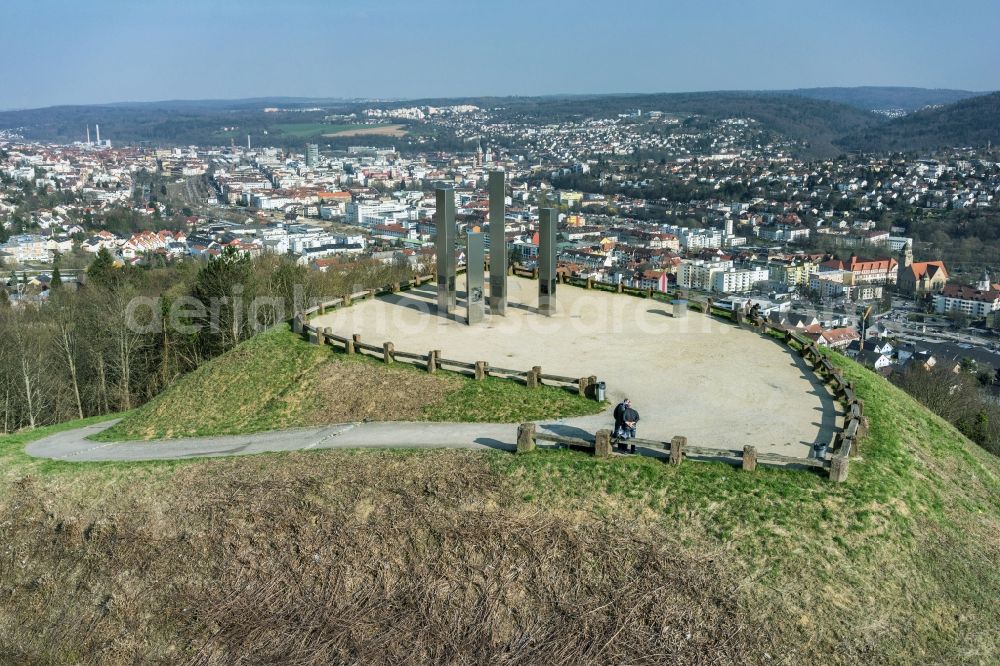There is always a dreadful pattern of escalation to every means of modern warfare. The means of war from the air was no different. In 1920 the British used “aerial policing” ,as they preferred to call it, in the ‘mandate’ area of Mesopotamia(Iraq) as an effective way of curbing troublesome tribesmen by bombing them. Similar tactics of “policing” were used by the RAF on the North West Frontier through the 1930’s up to 1937.
The Italians,under Mussolini, used their own version of aerial bombing in the 2nd invasion of Abyssinia in 1935. They bombed the Ethiopians with chemical bombs and also sprayed mustard gas over large areas of the higher ground from their aircraft.
The German Condor Legion flattened Guernica in 1937,in the Basque region,during the Spanish Civil War in aid of Franco. (They had already transported Franco’s North African troops into Spain).
A foretaste of what was to come in WW2 was the early Luftwaffe bombing of Warsaw(1939) and Rotterdam(1940). Followed by the London Blitz and Coventry.
For 2 years(40-42)Britain’s only means of meaningfully fighting back against Hitler was bombing by the RAF. From 43-45 this was increased many times over with the complete destruction of cities like Hamburg and Dresden by the RAF and USAAF. Over 60 German cities and towns were extensively bombed during this period.
And all the time the ‘language’ used to justify it all is carefully composed. By the time of the bombing of Hamburg and Dresden the British were all too aware that the type of “area carpet bombing” that they were engaged in would mean increasing civilian casualties as an inevitable result. But causing “mass civic disorder and population gridlock and disruption of all means of transportation” is just a more palatable and disingenuous way of saying so.
The Americans tried to distance themselves from the British,at least in terms of press coverage, by clinging steadfastly to the notion that they were only engaged in “precision bombing” which turned out to be quite patently untrue.
In fact the area bombing went on unhindered without any conscience.
And all the time the unbelievably brave British and American aircrews were suffering staggering losses.
Churchill himself was starting to get “cold feet” about in the last months of the war and it caused something of a rift with Arthur “Bomber” Harris. It was left to Eisenhower,who always saw the bigger picture of the war, to give his sympathies to the RAF and USAAF by stating that the Allied ground forces are always grateful to the efforts of the Air Forces whenever they approach and have to take or liberate the towns and cities in their path.
Maybe it’s just best to leave these thoughts;
The first by Arthur Harris, “I do not personally regard the whole of the remaining cities of Germany as worth the bones of one British Grenadier”!
And of Matthias Greibel who was an 8 year old child witness during the bombing of his home in Dresden,later to become a writer and journalist,who pondered that was it at all possible that the city itself had helped to invite it’s own destruction? He was later to point at a swastika flag and say ‘A fire went out from Germany and went around the world in a great arc and came back to Germany’!

